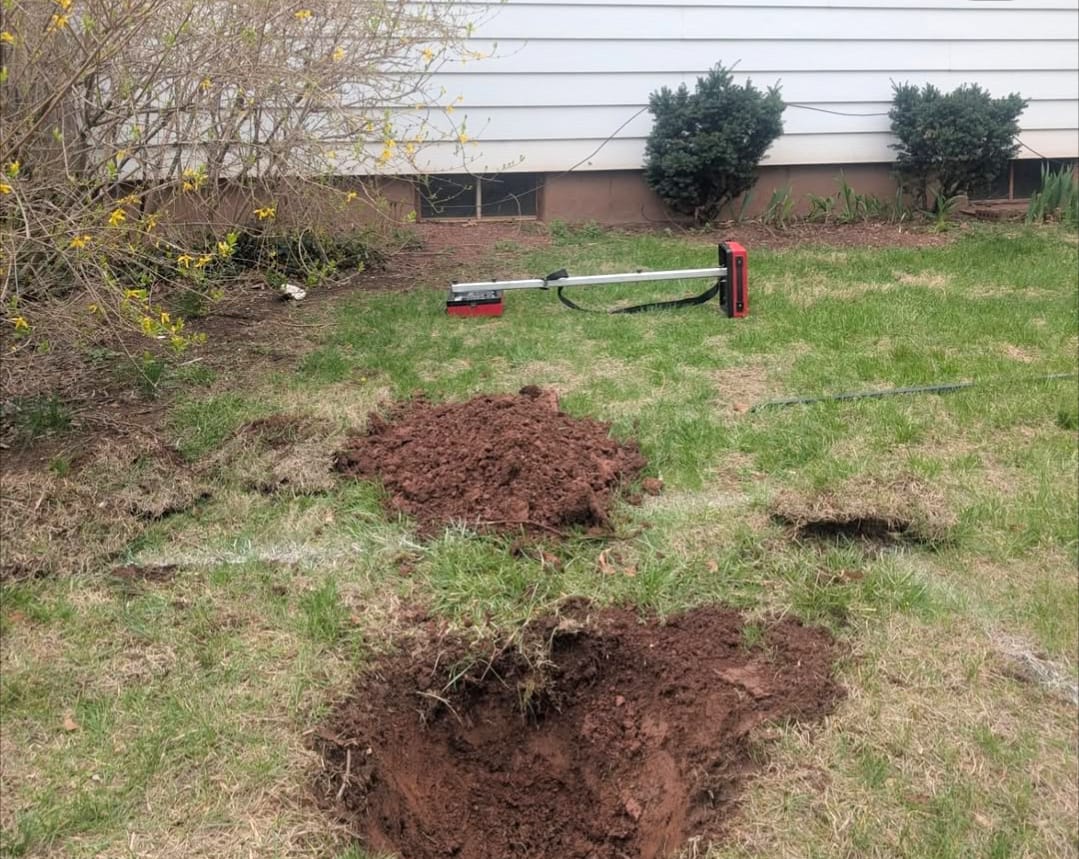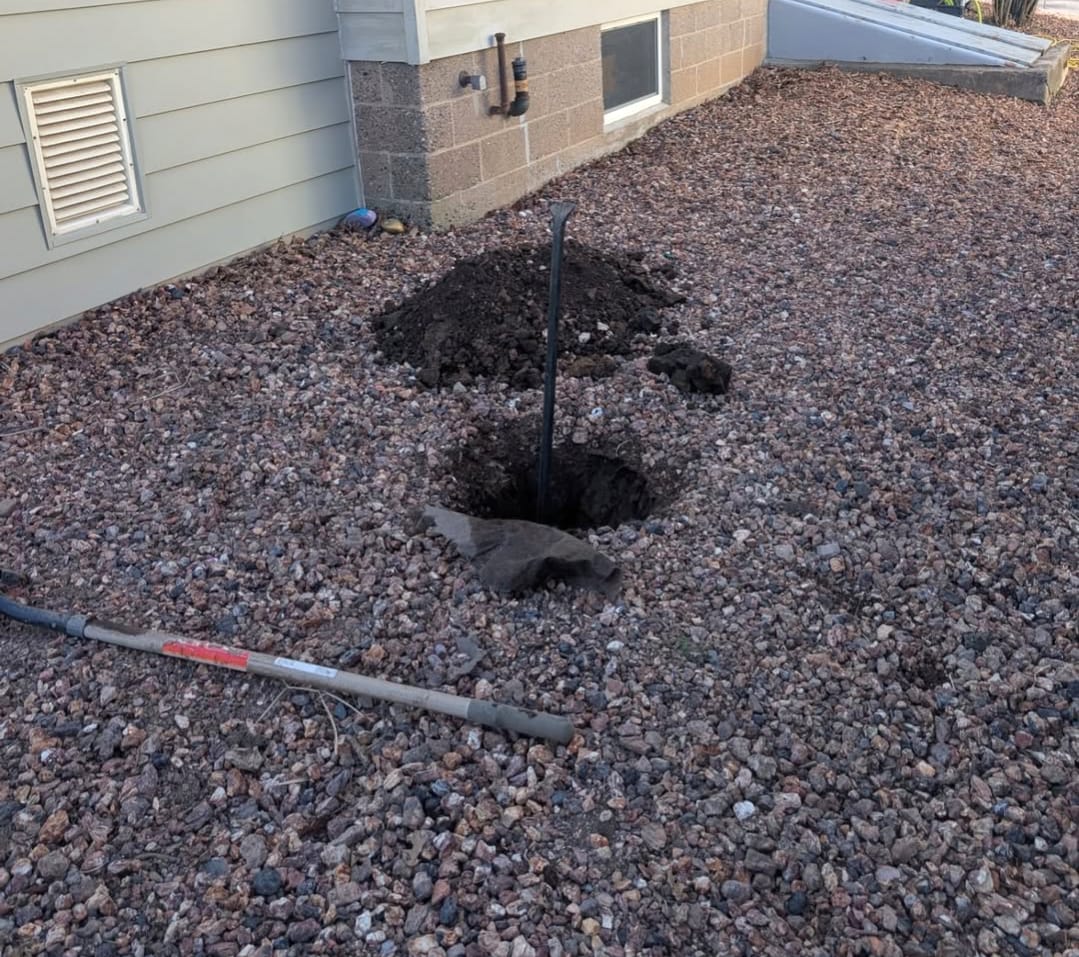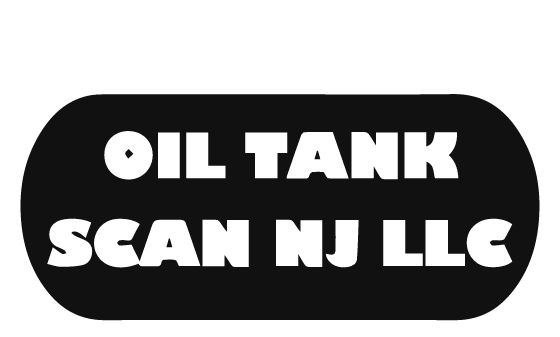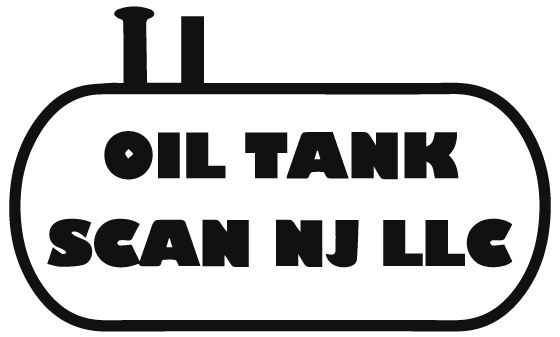- Home
- Exploratory Dig
Exploratory Dig

Exploratory Dig for Underground Oil Tanks and Metal Objects
An Exploratory Dig is done when an area of concern (AOC) is identified from an oil tank property scan (oil tank sweep). A dig is done to identify what object is setting off our machinery. Our machinery picks up metal, so the objects found could be oil tanks, old septic tanks, gray water tanks, dry wells, or buried scrap metal.
If there is a metal anomaly on the property that you are looking to purchase, we would recommend determining what that is, before closing. Oil tanks can be anywhere on the property- front yard, side yards, or backyard. Typically, they are within 15-20 feet of the original furnace, BUT we have found them way further than that. Again, better safe than sorry.
Exploratory Dig Cost
Base Price
Additional Holes
Note
Mining
Metalurgy
Engineering
Why Exploratory Digs Are Essential in Property Inspections
When purchasing a property, one of the most overlooked risks is what lies beneath the ground. Exploratory digs are a critical step in property inspections, especially when an oil tank sweep identifies a potential metal anomaly. This process ensures transparency, safety, and peace of mind before closing a deal.
What is an Exploratory Dig?
An exploratory dig is a hand-excavated inspection designed to identify underground objects that set off scanning equipment. These anomalies may include:
- Abandoned oil tanks
- Old septic tanks
- Gray water tanks
- Dry wells
- Buried scrap metal
Exploratory Digs are done by hand, with shovels- no machinery is used. We cut off the top layer of grass and dig a hole about the size of an extra-large pizza pie. We dig down until we can put eyes on the object and identify it.

Why It Matters in Property Purchases
-
Prevents Unexpected Costs – Unidentified underground tanks can lead to environmental hazards and expensive cleanups.
-
Protects Property Value – Buyers avoid inheriting liabilities that can reduce resale value.
-
Ensures Safety – Old oil tanks may leak and contaminate soil or groundwater.
-
Provides Clarity – Confirms whether anomalies are harmless scrap metal or a serious concern.
How the Process Works
-
The area of concern (AOC) is marked based on property scan results.
-
Grass and soil are carefully removed by hand with shovels (no heavy machinery).
-
A small hole, about the size of an extra-large pizza pie, is dug.
-
Inspectors continue digging until the object is visible and can be identified.
By including exploratory digs in your property inspection, you eliminate guesswork and ensure your investment is safe, secure, and free from hidden surprises.
Typical Oil Tank Locations
-
Front yard, backyard, or side yard
-
Often within 15–20 feet of the original furnace
-
Sometimes located much further away—making inspection crucial

